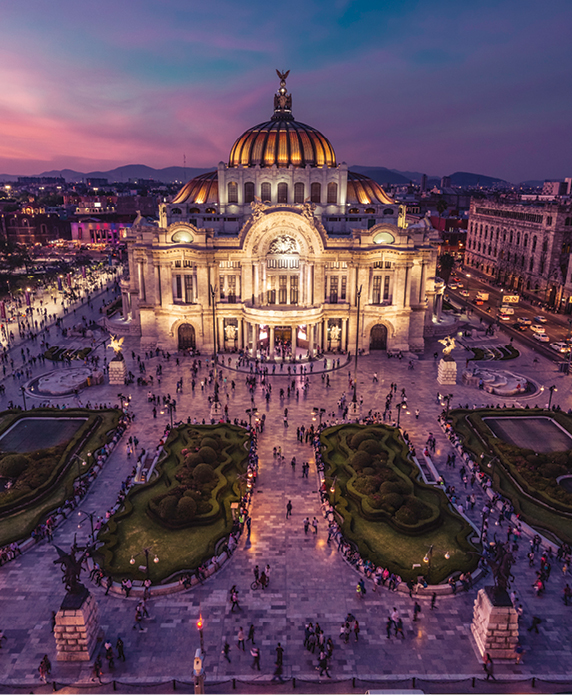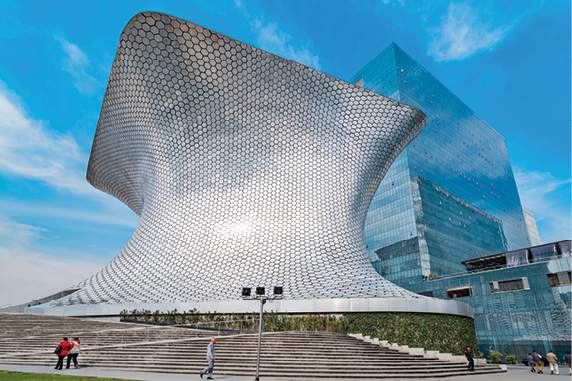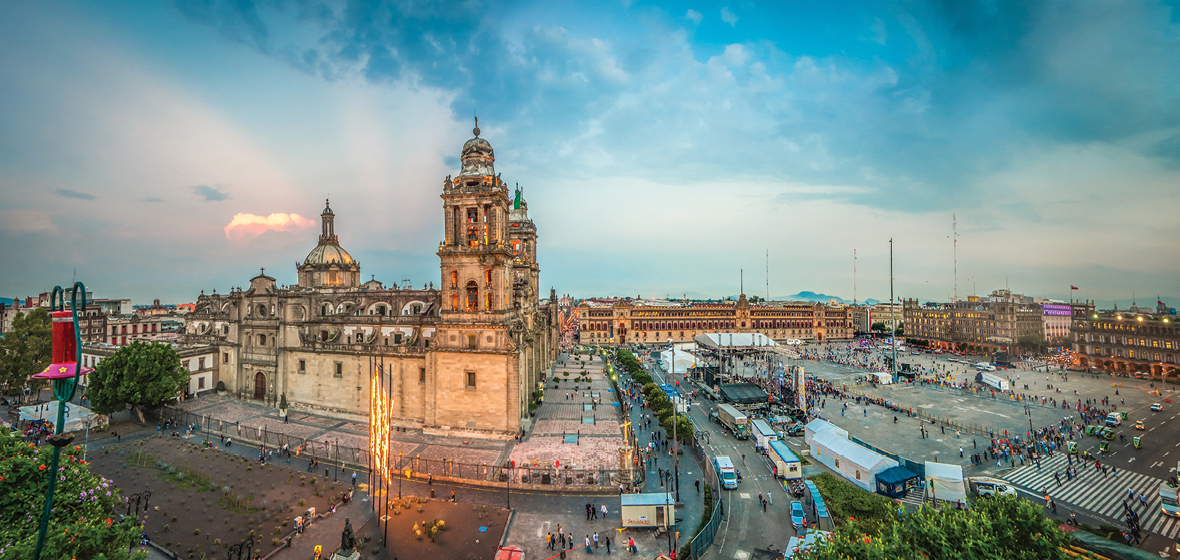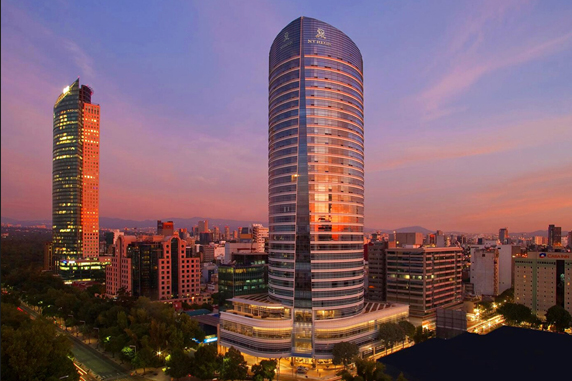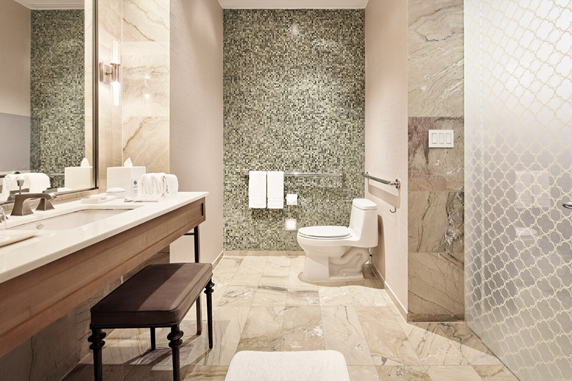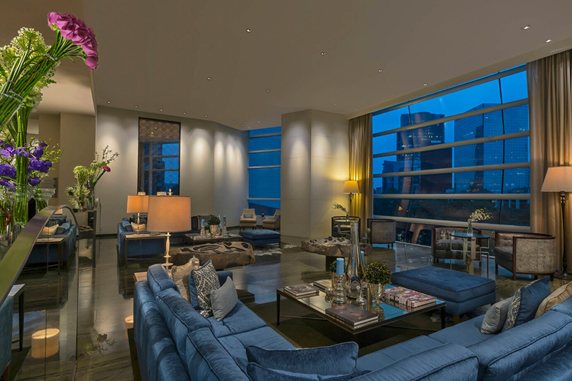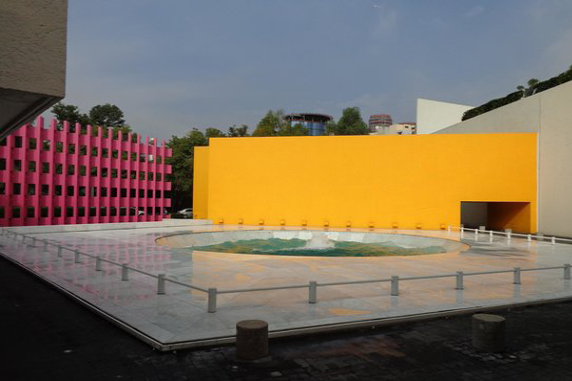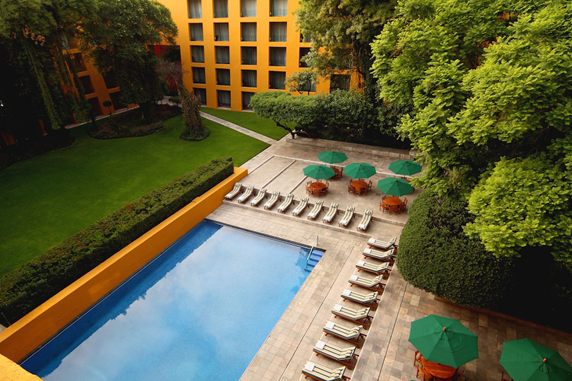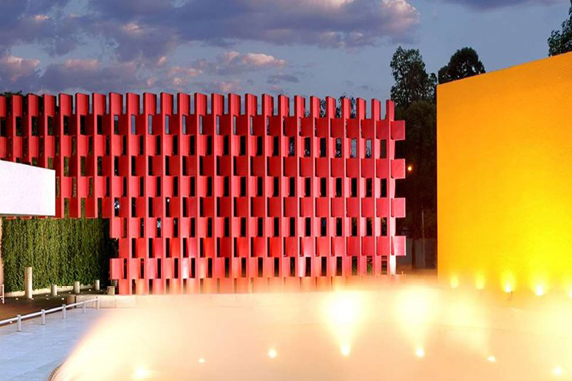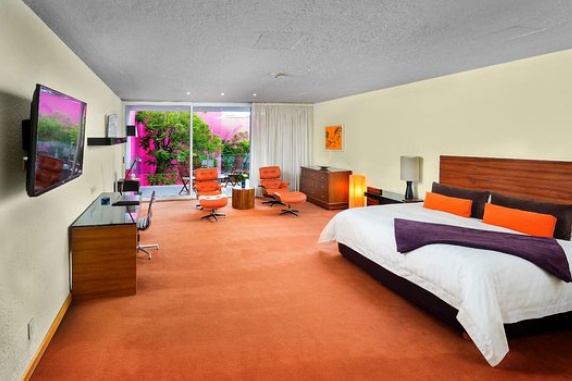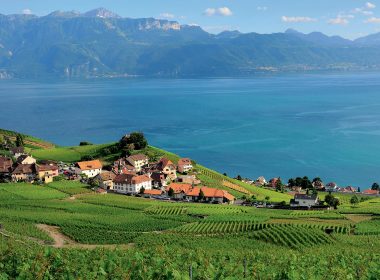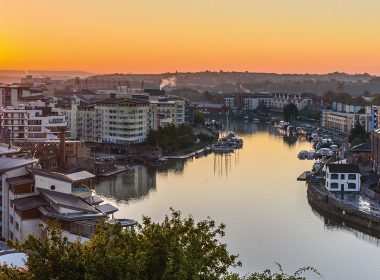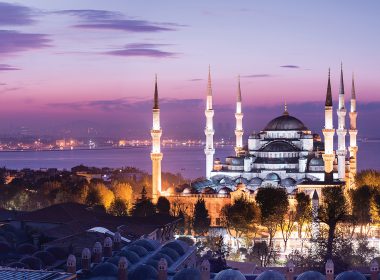The 12th most-populated city in the world, Mexico City is a spellbinding blur of sights, sounds and flavours. With star cultural attractions and a vibrant culinary scene, the Mexican capital is shaking off its reputation for danger and finally enjoying a moment in the spotlight.
GET YOUR BEARINGS
Mexico City is big. Built on the dried Lake Texcoco and surrounded by mountains on three sides, it was founded in the 1300s as the Aztec capital of Tenochtitlan and has been growing ever since – in both population and expanse. While the city is technically limited to the central area for political and administrative purposes, its urban sprawl envelops almost 30 million people.
But fear not: the city’s metro system is cheap, efficient and makes getting around a breeze. Several million people ride the trains every weekday and the cars can become crowded – be wary of your belongings as pickpocketing is a risk. To avoid the crowds, you can hire one of the omnipresent share bicycles scattered throughout the city. The government’s popular shared bike program Ecobici ensures more than 6,000 of these bikes are in use at any time.
The city’s airport, Aeropuerto Internacional Benito Juárez, is the busiest in Latin America. It is well-connected to the remainder of the continent, although those travelling from Australia will need to transfer via Los Angeles or Santiago. In light traffic, the journey by car to the centre of the city can take just 20 minutes; in traffic it can take an hour or more. The metro line out to the airport can be a quicker option. Uber is widely used in Mexico City – it is cheap and safe – and the fixed price taxis from the airport are also no fuss.
EAT
Tacos. Mexican cuisine is famous for many things, but tacos are the undisputed highlight – and you can’t really go wrong when dining out at any of the abundant taquerias. Tacos Gus and Taqueria Orinoco are two standouts – the latter a late-night institution thanks to its 4am closing time.
At the more refined end, Chapulín (“grasshopper”) offers a menu brimming with local delicacies, including a crunchy dish of fried crickets. Enrique Olvera’s Pujol is the most acclaimed fine-dining location in the city: bookings are essential if you want to sample the chef’s seven-course degustation menu or 10-course taco feast. Vegan option Los Loosers is somewhat of an oddity alongside Mexico’s meat-heavy cuisine, but its creative array of plates makes a visit worthwhile even for carnivorous diners.
A trip to Mexico City wouldn’t be complete without a stroll through one of its sprawling food markets. Mercado de Coyoacan is a local icon hawking fresh produce during the day and street food at night. Mercado Jamaica is another worth visiting. One kilo of avocados for 20 pesos (AU$1.50) will bring a tear to the eye of lovers of pricey Australian avocados.
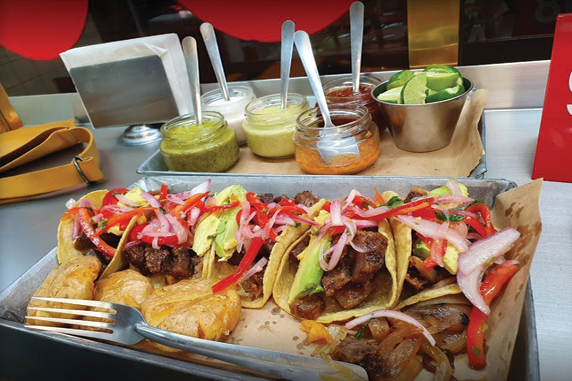
DRINK
Mezcal and tequila enthusiasts won’t go thirsty in Mexico City. Beer connoisseurs will also welcome the opportunity to expand their knowledge of local cerveza beyond Corona. The Roma district has recently become a hotspot for trendy drinking spots – Licorería Limantour has developed a cult following, while Gin Gin offers hundreds of variations on the gin and tonic classic. Bukowskis Bar in Reforma, on the upper level of a book shop, is good for a quiet drink during the day, or live jazz in the evening.
Mexico is one of the world’s major coffee producers but until recently locals were rarely able to enjoy their local beans because the vast majority were exported. Happily, coffee culture is now hitting Mexico City in a big way. Almanegra (“black soul”) in Roma is a beautiful space with delightful cold brew. Café Volador in Condesa is famous for its iced lattes – great for the hot climate – and nearby Chiquitito (“tiny”) roasts its own beans from a producer in regional Mexico.
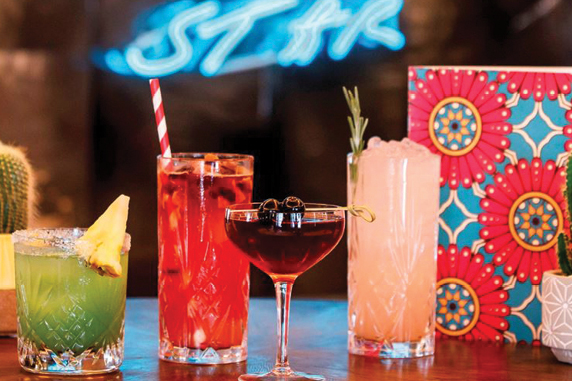
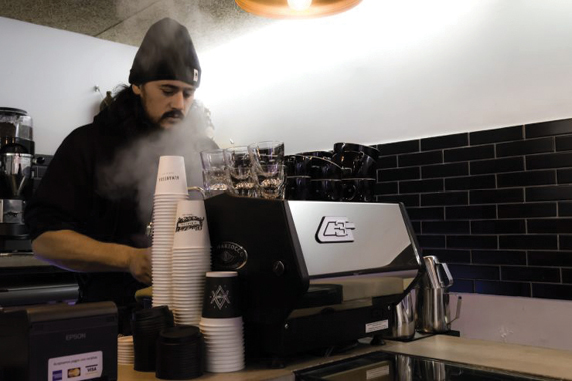
STAY
It is not hard to find a bed in Mexico City, with hotels to suit all budgets. Major international brands are concentrated in Polanco and the Zona Rosa, while affordable choices in the residential areas around Plaza de la República and Condesa offer respite from the city’s buzz.
In Polanco, the St. Regis is ideally located on the iconic Paseo de la Reforma Boulevard, while the Hyatt Regency overlooks Chapultepec Park. The Four Seasons is centred around a stunning garden, and includes a particularly luxurious presidential suite for those looking to blow the budget. Camino Real is an architectural marvel, while Wild Oscar is a more boutique offering of stylish apartments.
The Zona Rosa is known for its nightlife and LGBT community, but unfortunately some of its accommodation options are fairly bland. The NH Collection Reforma has a stunning rooftop pool and offers an exquisite breakfast. In nearby Roma, one of the trendiest neighbourhoods, the tiny boutique Casa Goliana La Roma is an excellent choice. That’s if you can snag one of the eight bedrooms on offer.
PLAY
It would take years to see all of Mexico City’s sights. For those with limited time to spare, there are three must-see icons. ThePalacio de Bellas Artes (Palace of Fine Arts) with its imposing marble and golden dome, is one. Admire the view from the Sears department store across the road – there is a cafe on the eighth floor with an outdoor section directly overlooking the palace – before going inside to admire the murals by famous Mexican artists.
Your second stop should be Castillo de Chapultepec, an 18th century castle on Chapultepec Hill and an oasis of calm in the midst of bustling Mexico City. It was a royal residence through the 1800s, later housing Mexico’s presidents. It is now a history museum with unparalleled views across the city.
Finally, Museo Soumaya contains a vast collection of art, from pre-Hispanic Mesoamerican works to modern art including the likes of Rodin and Dalí. The gallery is named after the late wife of Mexican billionaire Carlos Slim, who bankrolled the enormous collection.
If you have time, spend a day in Xochimilco, a colourful world heritage site in the city’s south. It’s been described as “a cross between the gondolas of Venice and the floating markets of Thailand”. Teotihuacan, a pre-Aztec city on the outskirts of Mexico City is another fascinating day trip. Imposing ancient pyramids provide stunning views for those willing to climb, while hot air balloon operators offer an even better vantage point.
WORD TO THE WISE
Illicit substances are by no means the only way to get high in Mexico City: this metropolis sits at 2,250 metres above sea level (higher than Australia’s highest peak, Mt Kosciusko). Altitude sickness is a risk for those flying in. Local advice is to stay well hydrated and consider a slow first few days to acclimatise. Aspirin will ease a dull headache but seek medical advice if your symptoms are stronger.
